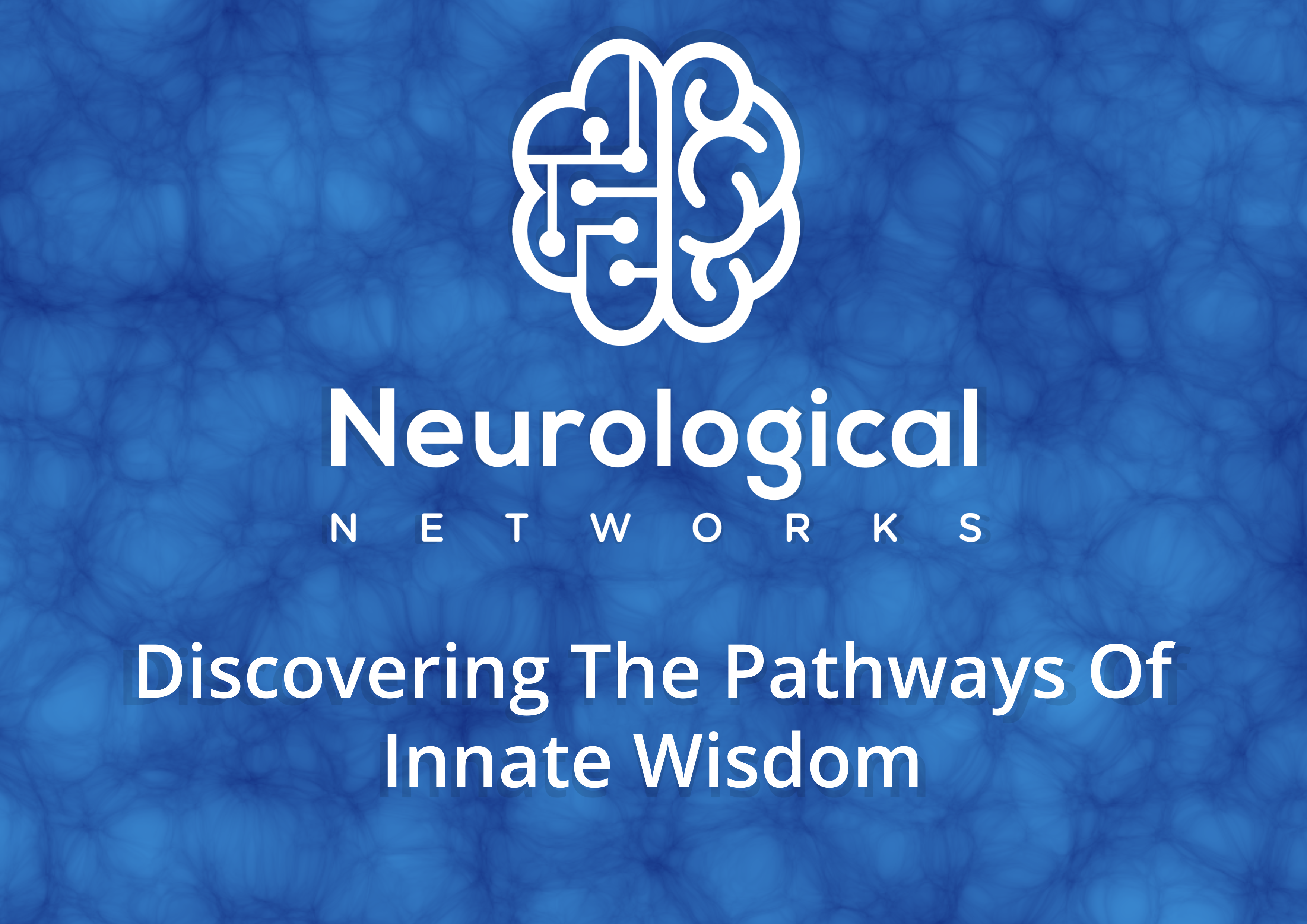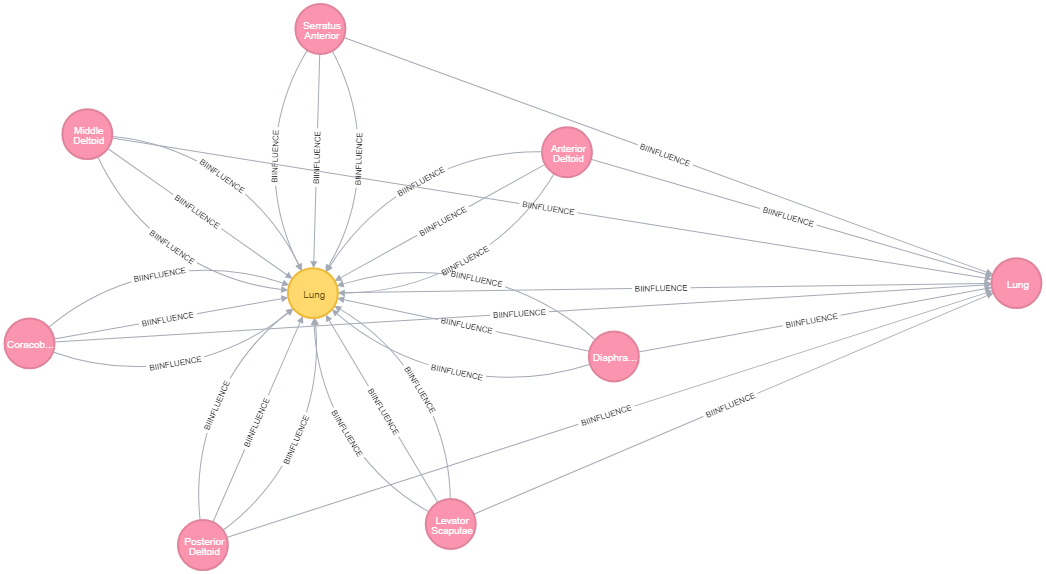The Neurological Networks courses address individual challenges that many people experience in life. Although some people appear to be naturally gifted in strength, while others seem to be blessed with robust immune systems, the reality is that their genetic references are simply operating in a more optimal way than others’.
The Neurological Networks courses teach you to train your own neural pathways in the respective field that the course is taught (like immune health, fitness, or respiratory health) so that you can operate in a naturally efficient way.
The courses teach you simple to follow protocols that involve various techniques to activate your neurology. The protocols are implemented by practicing various sequence of events that may include tapping various points along the vertebrae, rubbing reflexes, holding accupuncture points, and other simple techniques that when done in given order create a unique result.
All the protocols can done by you, without any external support or previous knowledge on the subject.

The course protocols are delivered using recorded demonstrations, as well as a quick reference guide with images and short descriptions. Purchasing the course will also give you access to live webinars and their recordings, run by Andrew and other experts in the field.
The courses are created from a combined 80 years of clinical experience, Andrew’s 38 practitioner courses which are taught worldwide, the Neurological Networks proprietary N3 database, and the wisdom of modalities including natural sciences, applied kinesiology, physiotherapy, massage, chiropractic, Chinese medicine and acupuncture and many more modalities.
Certain courses are co-created with other experts in the field, like Neuro Dynamics which features the principles of Neurological Networks with the fitness expertise of world record holder Marcus Mr Bondi.
For complete list of courses click here
The Neurological Networks Protocol Challenge Cards challenge the relationship between your nervous system and your genetic references. By pairing the cards with the protocols taught in the course, you begin to create new neural pathways that effectively retrain your body to operate in a more optimal way.
Every imbalance or dysfunction in our body always sets up a subtle habitual vibration in the nervous system. Our brains are frequency pattern recognizing computers that read these vibrations. Everything in the body is portrayed to the brain as a frequency pattern, and every neural pattern in the body can be matched to a frequency. Through much specific research, we can use the frequency patterns to amplify the results we are trying to achieve by stimulating neurological pathways.
Each type of frequency is reacted to by our subconscious and as such they become different types of challenges. Other frequencies can be used as a therapeutic means, like laser therapy, ultrasound, and shockwave therapy. None of these challenges make you better, they challenge your system to react, and that reaction (from our subconscious) helps us get over the old problem.

This is a very effective process, however it has many limitations. Finding the correct vibration to elicit the right response from the nervous system requires accurate feedback testing. Using inappropriate frequencies can often make people worse, effectively creating new problems.
If a frequency is used that elicits a partial response, you may get some beneficial effect, but not enough to make the subconscious challenge the whole problem.
The process has to assume that the client has the resources to overcome both their dysfunction and the introduced frequency. This is often not the case and the effect will be that the client can become worse or just have no response at all.
For these reasons the frequency challenges discussed may not always be appropriate for everyone.
Just like imbalances in the nervous system have a vibration, so does any balance process including the Neurological Network Protocols. Unlike the aforementioned frequency challenges, the Neurological Networks Protocol Challenge Cards match the frequency of these protocols themselves. So instead of challenging the problem (which is unique to the individual) and hoping for a response, they match the solution (which is universal). As a result, the Protocol Challenge Cards are amplifying and directing the effects of the protocols, making them work on a much deeper level.
The cards can be used by anyone doing the Neurological Network courses safely and effectively.
Every problem-solving or healing modality has a set of databases in which the information related to the subject is kept. Over decades of clinical experience, Andrew and Rob have collected numerous references including textbooks and research papers, not to mention the weath of information accessible by the internet. The problem with this was twofold. First of all, accessing multiple databases while trying to solve a problem was time consuming. Secondly, and perhaps more importantly, there was no resource that linked the relationships between the various modalities.
The Neuro Net Navigator (N3) Database is a proprietary database that has been built over the past decade. Rob and Andrew started compiling a database to integrate all the neurological references from various health modalities, including human sciences, applied kinesiology, physiotherapy, massage, chiropractic, and acupuncture. By putting all their known references online, they could have one large database which stored all the relevant information that may help define a client’s challenges, without having to access various reference textbooks throughout a session.
Before long, the database started to take on a life of its own, offering deeper insight into the world of human neurology. With over two million entries, this database is currently the largest, most accurate neurological reference database in the world.
Instead of just focusing on individual reference points, the database highlights the relationship between references, offering the opportunity to address the root cause of individuals’ challenges.
Every modality has its own starting point or focus:
If you present with a health problem, every single practitioner will give you advice from their preferred starting point, but none of them will look at the problem from every starting point, nor will they have enough reference points to actually examine the relationships between modalities.
If you go to a medical doctor with a lung problem, they will generally deal with the lung in isolation. If they prescribe a pharmaceutical drug, they are using chemistry to by-pass the other influences in your body involved in generating your lung problem. Similarly, a naturopath may prescribe herbs to “solve” your lung problem, without diving deeper into the other references that are causing your lung problem.
Other modalities will branch out a bit more, like acupuncture for example. A Traditional Chinese Medicine practitioner would draw a connection between the lung problem and a dysfunction in the lung meridian. This is a second degree separation from the lung. The lung meridian could then draw a third degree of separation by examining possible issues with the muscles of your lungs, like the anterior deltoid in your arm… a third degree of separation. The muscle has a neurolymphatic connection to the muscle, a fourth degree of separation, which is then connected to the entire neurolymphatic system, a fifth.
The leap from your lung problem to the lymphatic system is five degrees of separation and it’s the entire circuit that is the problem, not just the isolated parts. You have to balance the whole system, in other words balance the whole multilevel neural-circuit.
When you think of balancing the whole multilevel neural-circuit, you can think of getting to the genuine root cause of your problems.

Figure 1 - A graphic output of the N3 database showing the relationships of the lungs to various references. The beauty is obvious.
Although these various modalities all have their strengths, every practitioner approaches their data set as the primary starting point for solving their client's problem. In a way, they are all right… and all wrong. Instead of focusing on one fixed data set, the database that Rob and Andrew have built offers a bridge between the foundations for all these modalities and the connections between all of them, with no preferred starting point.